Wild dogs are animals we discovered on this great trip. We knew about them, but we didn’t know anything about them. And really, these are amazing animals that have ended up being on our favorite list’s animals. Do you want to know why?
– All wild dogs are different
The wild dog, also sometimes called the hunting dog or African painted dog, has a colorful, irregular coat; big bat-like ears; and a dense tail with a white tip that can serve as a flag to maintain contact with the herd during the hunt.
Two wild dogs are completely different, so it is easy to identify individuals by their fur and spots.
– It is one of the most endangered species in the world
The African wild dog is the fifth most endangered mammal in the world and the second most endangered predator in Africa. They have been disappearing geographically from the continent. Previously, these animals could be found in more than 39 countries on the African continent with a population of more than 500,000. Now, however, estimations put the African wild dog population at between 3,000 and 5,000 in just 14 to 25 countries in Africa. Its largest populations can be found in Botswana, Zimbabwe, Namibia, Zambia, Tanzania and Mozambique.
Unfortunately, all of this has led to the wild dog being declared endangered. There are many reasons for this dramatic decline in numbers: human invasion, poaching, and competition from larger predators have played a role in decimating the population of these animals.
– They are very social and intelligent animals
Wild dogs are social and congregate in herds of about 10/15 individuals, but some herds exceed 40. Prior to the recent population decline, groups of up to 100 specimens were recorded.
Within the herd, these canines have a unique social structure. They cooperate in the care of the injured and sick, there is a general lack of aggression among the members of the herd and there is little intimidation among the social hierarchy.
Each hunting group has a dominant pair. They are usually the only couple who remain monogamous for life. Wild dogs also have a wide variety of vocalizations that include a brief alarm bark, a howl of concentration, and a bell-like call that can be heard over long distances. Elaborate greeting rituals are accompanied by whistles and moans.
– They are the most successful predators in hunting
African wild dogs are some of the best adapted predators in nature and when a herd goes hunting, they have more than an 80% chance of killing. This figure is even more impressive considering that lions, often considered excellent hunters, have a success rate of about 30% in every hunt they begin.
Much of their hunting successes and social hierarchies stem from their ability to communicate effectively with each other through strange whistle-like calls that help coordinate their activities.
– The whole herd is involved in the welfare of the puppies, the wounded and the sick
A herd of African wild dogs consists of a group of wild dogs with a productive pair (alpha male and alpha female). This pair are the only individuals responsible for breeding and restoring the next generation of wild dogs within the herd. The litters usually consist of between 4 and 12 pups.
Sometimes non-alpha females will have offspring. This can cause females to breed alone, but sometimes groups will raise both litters.
Both males and females care for their young and feed them, as puppies are vital to the future survival of the herd. Herd hunters return to the lair where they regurgitate the meat for the female, puppies, injured individuals and pregnant females
Although the litters are large, very few pups survive. When the number of groups decreases, hunting is less efficient and adults may not bring enough food for the puppies.
In 2019, wildlife guides in the Okavango Delta of Botswana were surprised to find that adults in one herd traveled more than 5 km to steal puppies from another and thus ensure their survival. of his group.
– African wild dogs help with natural balance
They hunt a wide variety of prey, such as gazelles and other antelopes, warthogs, wildebeests, rats and birds. Like most predators, they play an important role in eliminating sick and weak animals, helping to maintain a natural balance and improve prey species.
Without carnivores such as African wild dogs and other predators, the population of the herbivorous species would go out of control, rendering habitats incapable of recovering from all consumption of the herbivorous species.
As human settlements expand, dogs have sometimes developed a taste for livestock, although significant damage is rare and most dogs prefer wild prey.
– They respond well to the conservation work of organizations
African wild dogs are among the many species that benefit from the creation of protected wildlife corridors that help connect their increasingly fragmented habitats.
Conservation groups are also working on initiatives to reduce conflicts between humans and African wild dogs. These include awareness-raising initiatives that dispel myths about animals, as well as educational initiatives that provide farmers with training in livestock management techniques that prevent predation.

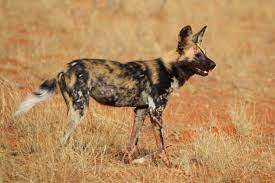
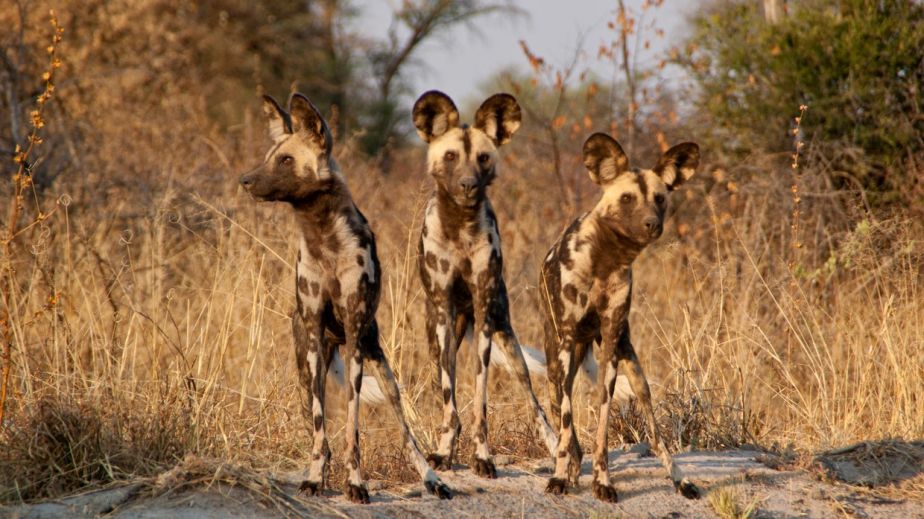







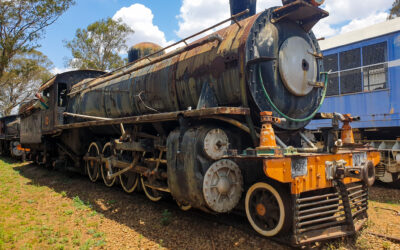
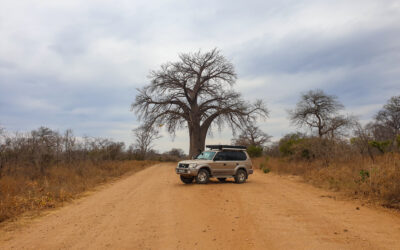


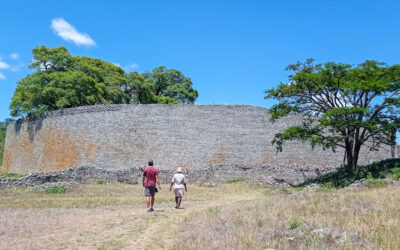
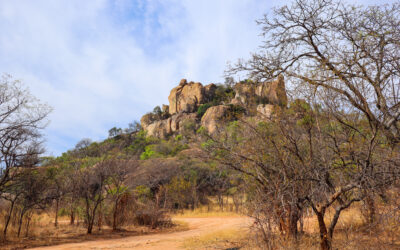


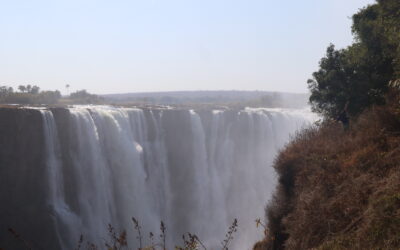
0 Comments